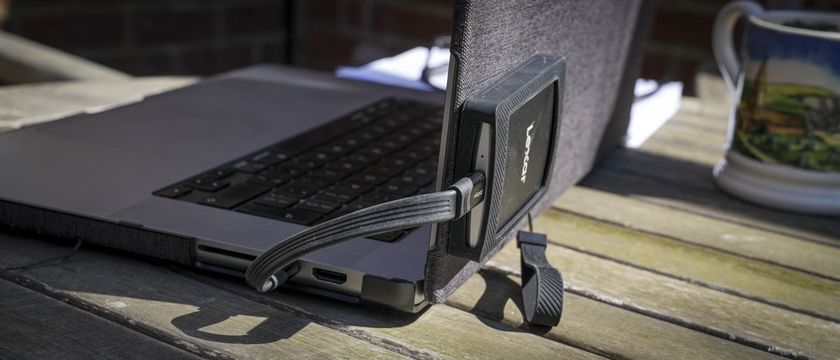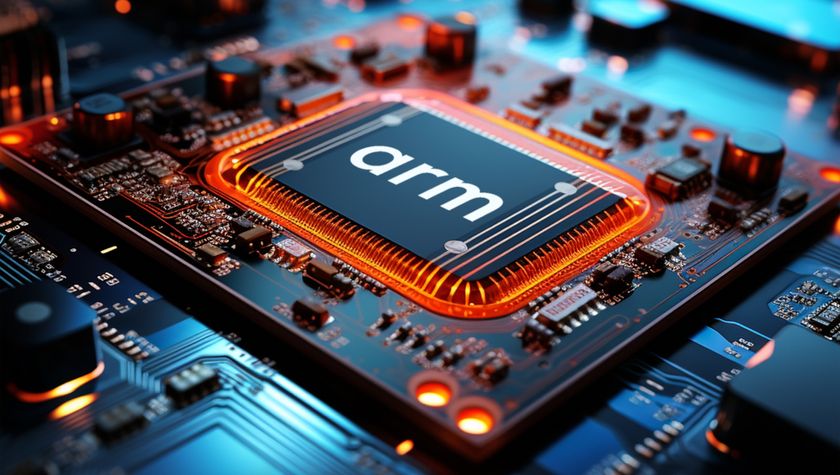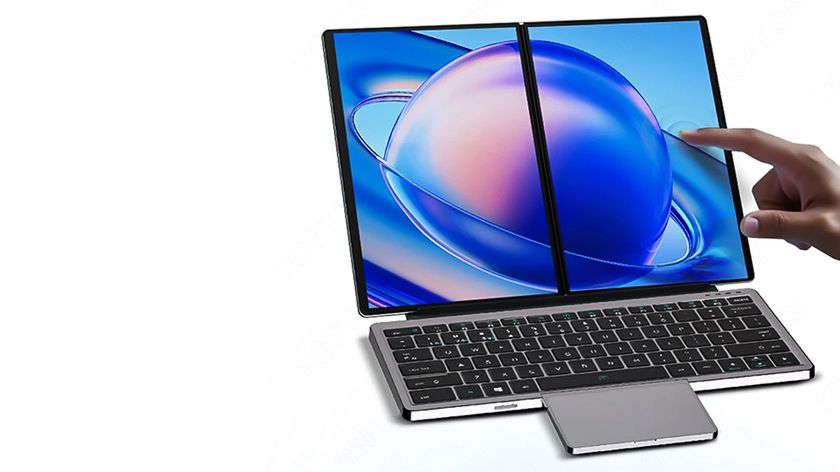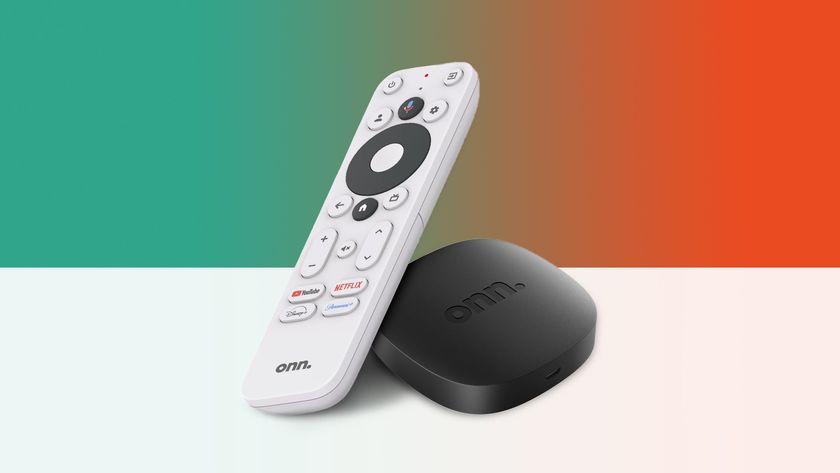Haswell: everything you need to know about Intel's latest Core processors
Intel's latest chips uncovered
On the one hand, that reflects just how good Intel's CPU cores have begun. On the other, it shows that Intel is no longer prepared to spend transistors on CPU performance. The Haswell Core i7-4770K has roughly twice the number of transistors as that Core i7-875K. But both are quad-core. Intel has put the extra complexity mainly into a graphics core which performance PC owners largely ignore.
Moreover, overall, the 4770K is much smaller than the 875K (177mm2 versus 296mm2), so Intel is just spending less money on desktop chips period, while maintaining the same high prices. Intel, of course, would argue there's the high-end LGA2011 socket for serious desktop performance. But even that is stagnating.
The only other change of note for the Haswell CPU is a small tweak for overclocking. Intel has exposed a baseclock strap, enabling a bit of fairly crude overclocking via the baseclock. But it only applies to K series chips which already have unlocked multipliers, so it's not much of a game changer.
Anyway, the final part of the Haswell puzzle involves the supporting platform. With Haswell comes yet another new socket. Thus, LGA1156 begat LGA1155 and now we have LGA1150. Inevitably, this breaks backwards compatibility. You can't upgrade an existing PC with Haswell chips. You'll need at least a new motherboard.
So, there it is. Intel's new Haswell processors laid bare. Never before have we been in two such starkly contrasting minds about an Intel CPU. For mobile systems, it's seriously exciting. We love the idea of tablets with desktop processor power. For actual desktops, well, you can read our individual chip reviews. But it ain't pretty.
Haswell chipsets
So, Intel's new Haswell processors don't move the game on much as straight-up desktop processors. But they do come with a set of new 8 Series chipsets. Can they redress the balance?
Key chipsets include the Z87 (which replaces current fave the Z77), the H87 and H81. Our main focus is the Z77 and the news is indeed mostly good. It actually involves a slightly less complex PCH chip than the old Z77.
Are you a pro? Subscribe to our newsletter
Sign up to the TechRadar Pro newsletter to get all the top news, opinion, features and guidance your business needs to succeed!
That's because Intel has moved even more functionality onto the Haswell processor and therefore off the motherboard chipset. The display interfaces for the integrated graphics have now largely moved on-die, for instance. On that note, the Displayport interface now supports resolutions up to 3,840 by 2,160. That makes it compatible, for instance, with Asus's new 4K 32-inch monitor. Interesting.
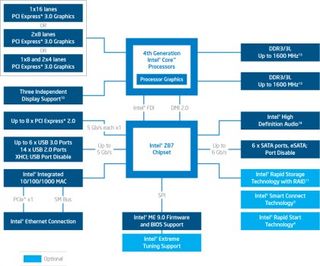
Anyway, the Z87 PCH is actually physically smaller than the Z77 item. But that hasn't prevented an increase is some specifications. All six SATA ports are now the full 6Gbps Monty. Hurrah. There's support for six USB 3.0 ports, too. Hazzah. Elsewhere, it's mostly either nothing new or tweaks and revisions to existing features.
Memory support sticks with DDR3 up to 1,600MHz, there's support for one 16-lane PCI Express graphics card or two eight-lane cards and there's a bunch of revised Intel tech include Rapid Storage, Rapid Start and Smart Connect.
Is it enough to make Haswell exciting on the desktop? Frankly, no. There may be six SATA 6Gbps ports, for example. But even SATA 6Gbps can't keep up with the fastest SSDs. It's also worth noting that early C1 revisions of the Z87 PCH have a bug that causes problems with devices connected via USB 3.0 when the PC wakes up from a sleep state.
Quite a lot of fuss has been made over this, but it's hardly a new problem – devices needing to be physically disconnected and reconnected after wake from sleep is fairly common. In any case, it's been fixed with the new C2 stepping of the chipset. If it's a concern, leave it a few months for C1 motherboards to be purged from retail channels and then pull the trigger.
Technology and cars. Increasingly the twain shall meet. Which is handy, because Jeremy (Twitter) is addicted to both. Long-time tech journalist, former editor of iCar magazine and incumbent car guru for T3 magazine, Jeremy reckons in-car technology is about to go thermonuclear. No, not exploding cars. That would be silly. And dangerous. But rather an explosive period of unprecedented innovation. Enjoy the ride.

